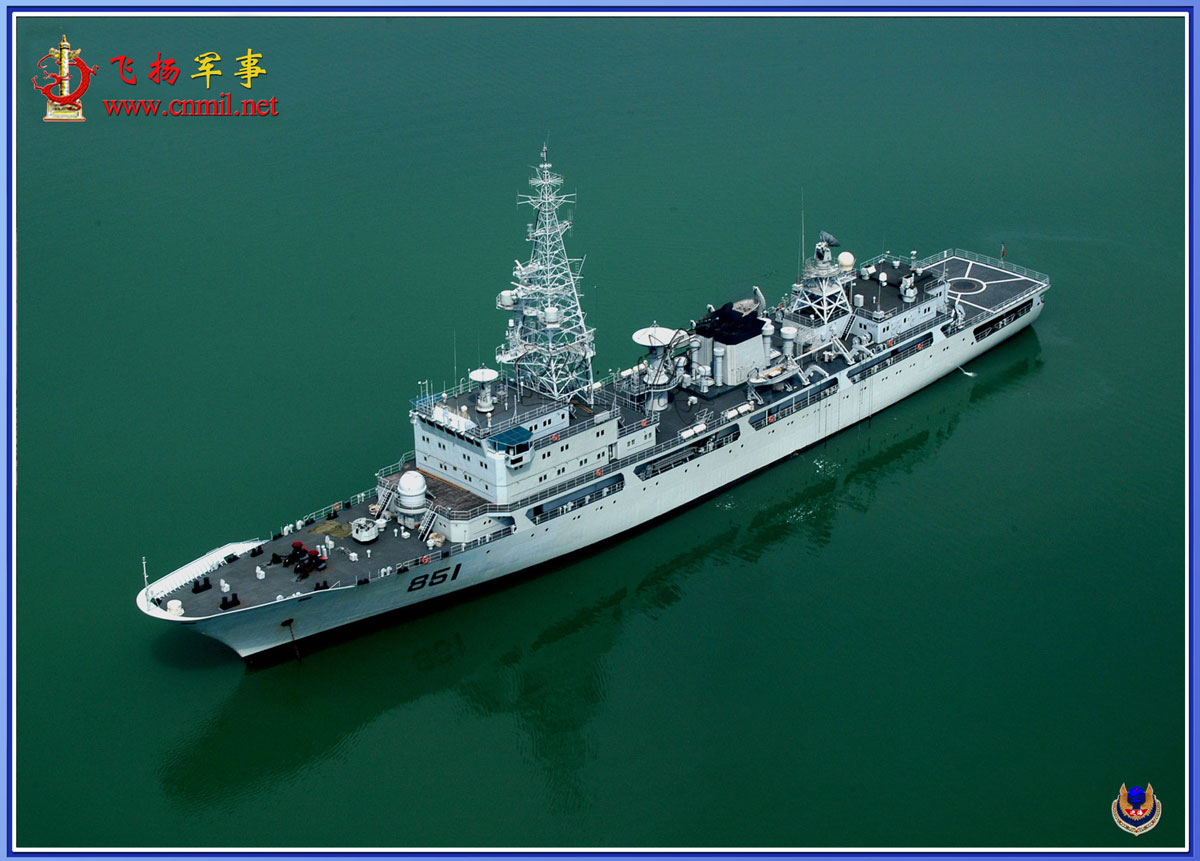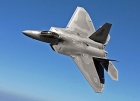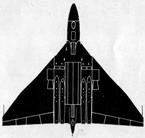Mgellis
Posts: 2054
Joined: 8/18/2007
Status: offline

|
Thanks to this site...
http://www.j-hangarspace.jp/
I have some information on the aircraft employed by Japan's coast guard...
(I know I'm spending a fair bit of time on Japan's coast guard, but my reasoning is that it is one of the coast guards, along with the USCG and India's Coast Guard, most likely to get involved in a low intensity military conflict. This is because of the size of the force--heck, Japan's Coast Guard is bigger than a lot of navies!--and the size of its area of responsibility and because some of that area is disputed.)
Airbus Helicopters (Aerospatiale) AS332L-1 Super Puma
(described in Wikipedia as "AS 332L1 Stretched civil version, with a long fuselage and an airline interior." I think otherwise it's similar to the versions already in the database.)
Operational dates: 1992-present
Airbus Helicopters (Eurocopter) EC225LP
A variant of the Airbus Helicopters H225 Super Puma (formerly Eurocopter EC225), described as "An improved variant of the AS332 L2."
Operational dates: 2008-present
Specifications from Wikipedia:
Data from Airbus Helicopters...
General characteristics
Crew: 2 (commander + co-pilot)
Capacity: 24 passengers + 1 cabin attendant
Length: 19.5 m (64 ft 0 in)
Height: 4.97 m (16 ft 4 in)
Empty weight: 5,256 kg (11,587 lb)
Gross weight: 11,000 kg (24,251 lb)
Max takeoff weight: 11,200 kg (24,692 lb)
Powerplant: 2 × Turbomeca Makila 2A1 turboshaft engines, 1,776 kW (2,382 hp) each
Main rotor diameter: 16.2 m (53 ft 2 in)
Main rotor area: 206.15 m2 (2,219.0 sq ft)
Performance
Maximum speed: 275.5 km/h (171 mph; 149 kn)
Cruising speed: 260.5 km/h (162 mph; 141 kn)
Never exceed speed: 324 km/h (201 mph; 175 kn)
Range: 857 km (533 mi; 463 nmi)
Ferry range: 985 km (612 mi; 532 nmi)
Service ceiling: 5,900 m (19,357 ft)
Rate of climb: 8.7 m/s (1,710 ft/min)
Bell 212
Operational dates: 1978-present
Specifications (Bell 212) (it is implied this is simply the civilian designation for the UH-1N)
Data from Bell 212 Rotorcraft Flight Manual[13]
General characteristics
Crew: 1 (two for IFR operation)
Capacity: 14
Length: 57 ft 1.68 in (17.43 m)
Rotor diameter: 48 ft (14.64 m)
Height: 12 ft 6.83 in (3.83 m)
Disc area: 1,809.5 ft² (168.3 m²)
Empty weight: 6529.4 lb (2961.7 kg)
Max. takeoff weight: 11,200 lb (5,080 kg)
Powerplant: 1 × Pratt & Whitney Canada PT6T-3 or -3B turboshaft, 1,800 shp (1,342 kW)
Performance
Never exceed speed: 120 knots (138 mph, 223 km/h)
Maximum speed: 120 knots (138 mph, 223 km/h)
Cruise speed: 100 knots (115 mph, 186 km/h)
Range: 237 nm (439 km)
Service ceiling: 17,400 ft (5,305 m)
Rate of climb: 1,745 ft/min (532 m/min)
Disc loading: 6.19 lb/ft² (30.22 kg/m²)
Sikorsky S-76
Operational dates...
S-76C ("Powered by two 539-kW (981-shp) Turbomeca Arriel 1S1 turboshaft engines. 43 manufactured"--Wikipedia), 1995-present
S-76D ("Powered by two Pratt & Whitney Canada PW210S. Also features a Thales Topdeck avionics suit and improved noise signature over all previous variants"--Wikipedia), 2015-
Specifications (Sikorsky S-76C++)
Data from Sikorsky
General characteristics
Crew: two
Capacity: seats 1213
Length: 52 ft 6 in (16.00 m) from tip of main rotor to tip of tail rotor
Width: 10 ft 0 in (3.05 m) at horizontal stabilizer
Height: 14 ft 6 in (4.42 m) to tip of tail rotor
Empty weight: 7,005 lb (3,177 kg) in utility configuration
Gross weight: 11,700 lb (5,307 kg)
Fuel capacity: 281 US gallons (1,064 liters), with 50 or 102 US gallons (189 or 386 liters) available in extra auxiliary tanks
Powerplant: 2 × Turbomeca Arriel 2S2 turboshaft, 922 shp (688 kW) each
Main rotor diameter: 4× 44 ft 0 in (13.41 m)
Performance
Maximum speed: 155 kn (178 mph; 287 km/h) at maximum takeoff weight at sea level in standard atmospheric conditions
Cruise speed: 155 kn (178 mph; 287 km/h) maximum cruise speed is the same as maximum speed
Range: 411 nmi (473 mi; 761 km) no reserves, at long-range cruise speed at 4,000 ft altitude
Service ceiling: 13,800 ft (4,200 m)
Avionics
Honeywell four-tube EFIS and Collins Proline II avionics suite
Four-axis fully coupled autopilot
Integrated Instrument Display System (IIDS)
Honeywell ground proximity warning system
Honeywell Primus weather radar
Dual comm/nav radios
Automatic direction finder
Dual attitude and heading reference system and air data computers
Radio altimeter
Mode C transponder
Dual VHF omnidirectional range (VOR) and Instrument landing system (ILS)
Distance measuring equipment
Cockpit voice recorder
Beechcraft King Air 350 (I think this is just the civilian version, so it is already in the database)
Operational dates: 1999-present
Beechcraft King Air 200/B200T (I think this is just the civilian version, so it is already in database)
Operational dates: 1980-present
Bombardier Dash 8-Q300 (DHC-8-315Q MPA)
http://www.airfleets.net/listing/dh8-14.htm says this is the DHC8-315MSA varient, described in Wikipedia as "Upgraded variant with L3 for maritime surveillance platform."
Operational dates: 2009-present
Detailed technical description at http://www.aerospace-technology.com/projects/bombardier_q300/
From http://www.casr.ca/ai-dash8-q300-special-mission-patrol.htm
"Japan Coast Guard Q300s: A less threatening form of sovereignty assertion in a Hot Spot
[Japan Coast Guard dropping life raft - Field Aviation photo] The largest user of Q300 patrol aircraft is the Japan Coast Guard (or Kaijō Hoan-chō ) [8] which bought a total of nine conversions. Field Aviation refers to the Japanese Q300s as DHC-8-300 MPA/SAR maritime patrol aircraft/search and rescue platforms a subtle difference from Swedish and Icelandic conversions as DHC-8-300 MSA/SAR, to emphasize surveillance. Like the Scandanavian Q300s, Japanese conversions have 360° maritime search radar in a belly radome and chin-mounted EO turrets. Japanese Q300s also feature a belly drop hatch (shown above).[9]
[Japan Coast Guard Q300 on patrol - Field Aviation photo] Missing, compared with Scandanavian Q300s, are the SLAR antennae forward of the search radar radome (monitoring oil slicks obviously being a lower priority for Japan Coast Guard). But one Japanese Q300 patrol conversion has an antenna fit that no other specialty Dash 8s exhibit JA725A (sideview, above) features a magnetic anomaly detector boom that extends from its tail cone. Why the Japan Coast Guard requires a MAD 'stinger ' is a mystery but it shows that Dash 8s can mount such a detector.
According to prime contractor, Sojitz, the Q300 was chosen for Japan Coast Guard because, when ordered, there were 33 Series 300 Dash 8s already in airline service in Japan. The Japan Coast Guard Q300s replaced locally-made NAMC YS-11 aircraft but the purchase was made in a series of contracts. The first contract (for three Q300s) was signed in Jan 2007, followed by another two in Jan 2008, and three more in Feb 2009. This was to complete the order but a ninth Q300 conversion [11] was added later. Considering political events in the East China Sea, Japan Coast Guard's Q300s represent a relatively non-aggressive surveillance platform."
|
 Printable Version
Printable Version


















 New Messages
New Messages No New Messages
No New Messages Hot Topic w/ New Messages
Hot Topic w/ New Messages Hot Topic w/o New Messages
Hot Topic w/o New Messages Locked w/ New Messages
Locked w/ New Messages Locked w/o New Messages
Locked w/o New Messages Post New Thread
Post New Thread